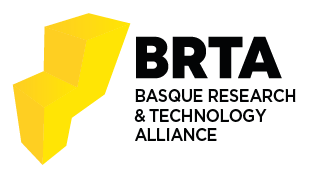Building a Camera-based Smart Sensing System for Digitalized On-demand Aircraft Cabin Readiness Verification
Autores: Sandra García Valentin Corbin Unai Elordi Hidalgo Maxime Danielli
Fecha: 16.11.2020
Abstract
Currently, aircraft cabin operations such as the verification of taxi, take-off, and landing (TTL) cabin readiness are done manually. This results in an increased workload for the crew, operational inefficiencies, and a non-negligible risk of human errors in handling safety-related procedures. For TTL, specific cabin readiness requirements apply to the passenger, to the position of seat components and cabin luggage. The usage of cameras and vision-based object-recognition algorithms may offer a promising solution for specific functionalities such as cabin luggage detection. However, building a suitable camera-based smart sensing system for this purpose brings many challenges as it needs to be low weight, with competitive cost and robust recognition capabilities on individual seat level, complying with stringent constraints related to airworthiness certification. This position paper analyzes and discusses the main technological factors that system designers should consider for building such an intelligent system. These include the sensor setup, system training, the selection of appropriate camera sensors and lenses, AI-processors, and software tools for optimal image acquisition and image content analysis with Deep Neural Network (DNN)-based recognition methods. Preliminary tests with pre-trained generalist DNN-based object detection models are also analyzed to assist with the training and deployment of the recognition methods.
BIB_text
title = {Building a Camera-based Smart Sensing System for Digitalized On-demand Aircraft Cabin Readiness Verification},
pages = {98-105},
keywds = {
Intelligent Sensors, Computer Vision, Machine Learning, Deep Neural Networks, Aircraft Cabin
}
abstract = {
Currently, aircraft cabin operations such as the verification of taxi, take-off, and landing (TTL) cabin readiness are done manually. This results in an increased workload for the crew, operational inefficiencies, and a non-negligible risk of human errors in handling safety-related procedures. For TTL, specific cabin readiness requirements apply to the passenger, to the position of seat components and cabin luggage. The usage of cameras and vision-based object-recognition algorithms may offer a promising solution for specific functionalities such as cabin luggage detection. However, building a suitable camera-based smart sensing system for this purpose brings many challenges as it needs to be low weight, with competitive cost and robust recognition capabilities on individual seat level, complying with stringent constraints related to airworthiness certification. This position paper analyzes and discusses the main technological factors that system designers should consider for building such an intelligent system. These include the sensor setup, system training, the selection of appropriate camera sensors and lenses, AI-processors, and software tools for optimal image acquisition and image content analysis with Deep Neural Network (DNN)-based recognition methods. Preliminary tests with pre-trained generalist DNN-based object detection models are also analyzed to assist with the training and deployment of the recognition methods.
}
isbn = {978-989-758-479-4},
date = {2020-11-16},
}







